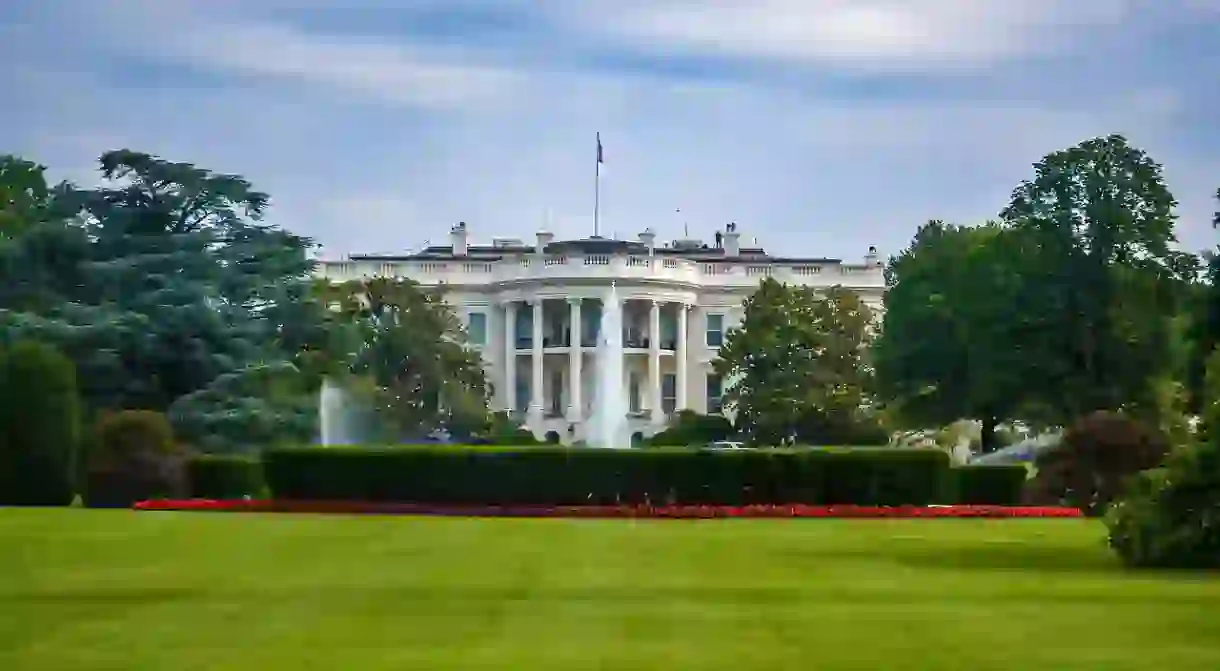This One Fact About America Will Change Your Life

There are plenty of dangerous jobs in the world (firefighting, coal mining, and police work come to mind), but it may surprise you to learn that the most dangerous occupation in America is also one of the most coveted: President of the United States.
In terms of sheer percentage, a full nine percent of American presidents have died due to their position, almost one in ten.
The most famous U.S. presidential assassinations are doubtlessly Abraham Lincoln and John F. Kennedy.
Lincoln’s assassination took place just days after the Civil War ended. Confederate sympathizer John Wilkes Booth shot Lincoln in the back of the head with a .44 caliber Derringer pistol during a performance of Our American Cousin at Ford’s Theatre in Washington, D.C. The president lingered in a coma for nine hours at a home across the street from the theatre. Booth’s co-conspirators, who were tasked to kill Vice President Andrew Johnson and Secretary of State William Seward, failed to carry out their assassinations, and Booth was shot and killed by Union soldiers 12 days after Lincoln’s murder.

Some 98 years later, President John F. Kennedy was famously shot and killed on film as his motorcade wound through a thronging crowd in Dallas. Although he was brain-dead immediately, he was declared dead at a nearby hospital 30 minutes after the shooting.
Assassin Lee Harvey Oswald, a former U.S. Marine with Marxist sympathies, was shot two days later on live television as he was being transferred to the Dallas County Jail. His killer was nightclub owner Jack Ruby, who said he was distraught over Kennedy’s assassination.
Although a 10-month investigation helmed by then-Chief Justice of the Supreme Court Earl Warren concluded that both Oswald and Ruby had acted alone, many Americans still believe there was a conspiracy behind Kennedy’s assassination.

President James Garfield was assassinated in 1881 as he disembarked from a train in Baltimore. The president had only been in office for four months and died 11 weeks after the shooting from complications caused by infections from his gunshot wounds. Assassin Charles J. Guiteau likely had bipolar disorder and was allegedly upset over being passed over for an ambassadorship to France, a position he had no realistic chance of acquiring.
Finally, President William McKinley was assassinated at the Temple of Music in Buffalo, New York, as he attended the Pan-American Exhibition in 1901. He died of complications from his wounds seven days later. Anarchist assassin Leon Czolgosz was subdued and beaten so badly by the crowd at the Temple of Music that it was not believed he would live to stand trial. He did and was sentenced to death by the electric chair during a mere two-day trial.
So, while the presidency may come with excellent perks—for example, Air Force One and residency in the White House—thinking about the job’s fatality rate just may change the way you look at the American presidency permanently.













